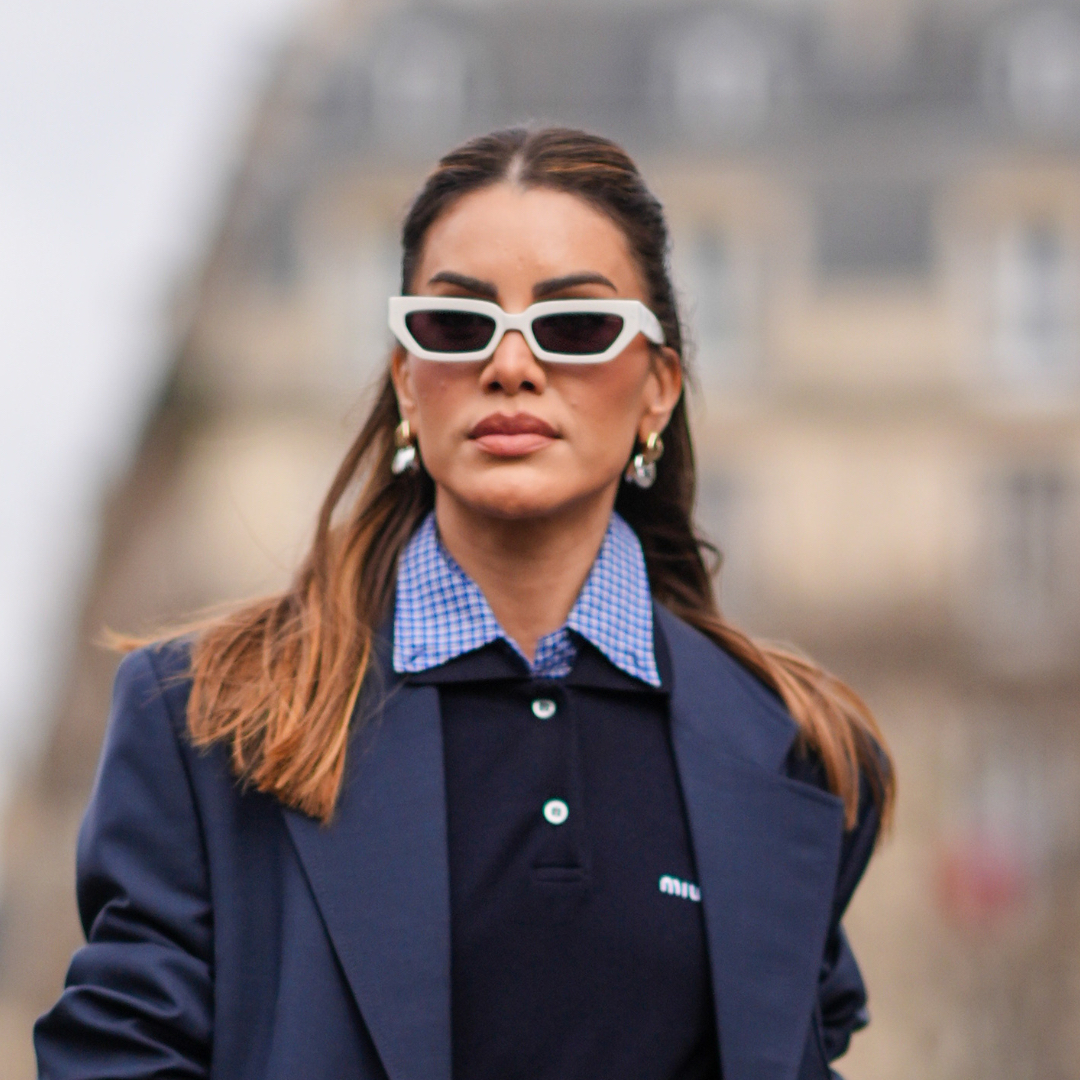
One of my favourite things about my job is that I regularly speak to beauty industry experts, like hairdressers and colourists, and get to pick their brains about emerging hair trends or interesting colour and cutting techniques. A great example of the latter is pastellisation.
Wearable and flattering, it’s one that Zoë Irwin, editorial, colour and trend ambassador for Matrix and Creative Director at John Frieda Salons, put on my radar—and it's perfect for summer. I’m sure you’re wondering what it actually is, so ahead she’s explained everything you need to know about pastellised hair.
What is pastellisation?
In a nutshell, pastellisation is the creation of a lighter version of a hair colour. This softer tone can then be used to create dimension via highlights or small, face-framing pieces, for example—essentially the opposite of something multi-tonal. “Say you’ve got an all-over gold hue, it's basically about taking that colour and using the lightest form of it,” Zoë explains. “Think of it as the sheerest version of your all-over colour that totally matches the tone.” Like muted nails—just this time it's on your hair.
Zoë notes that, recently, this has been a particularly key technique for those with red or copper hair (AKA two of the biggest hair colour trends of the moment) who want to add lightness to their colour. By pastellising sections, they match tonally and seamlessly compliment the rest of the hair. “It’s the same colour [and] exactly the same colour family,” she confirms.
Pastellisation inspiration
How does pastellisation work?
If you’ve used Photoshop—or any program with a colour-picking tool—pastellisation is a bit like adjusting your chosen colour to get a different tone rather than choosing a completely different one. As well as likening it to tonal dressing, Zoë explains the effect using a unique (but easy-to-follow) analogy.
“Say you were making a strawberry milkshake and you put the sauce at the bottom and then added a third of milk, then half, and so on,” she explains. “You’d get different variants of that same tone. It’s not going to change; that pink will not go one way or another because it’s just becoming creamier. That’s what I do with hair colour: it is literally a dilution.”
Who does pastellisation suit?
The beauty of pastellising is that, because you are simply incorporating a lighter version of the same tone, it works on most hair colours, from deep brunettes through to warmer reds and blondes. Not only that, it also works well on various hair thicknesses—Zoë notes that pastellisation can add contrast to a thick head of hair, or contour and depth to a finer head of hair. And, because it's "like putting sunlight in", there's no better time of year to ask your hairdresser to add pastellised pieces to your hair.







